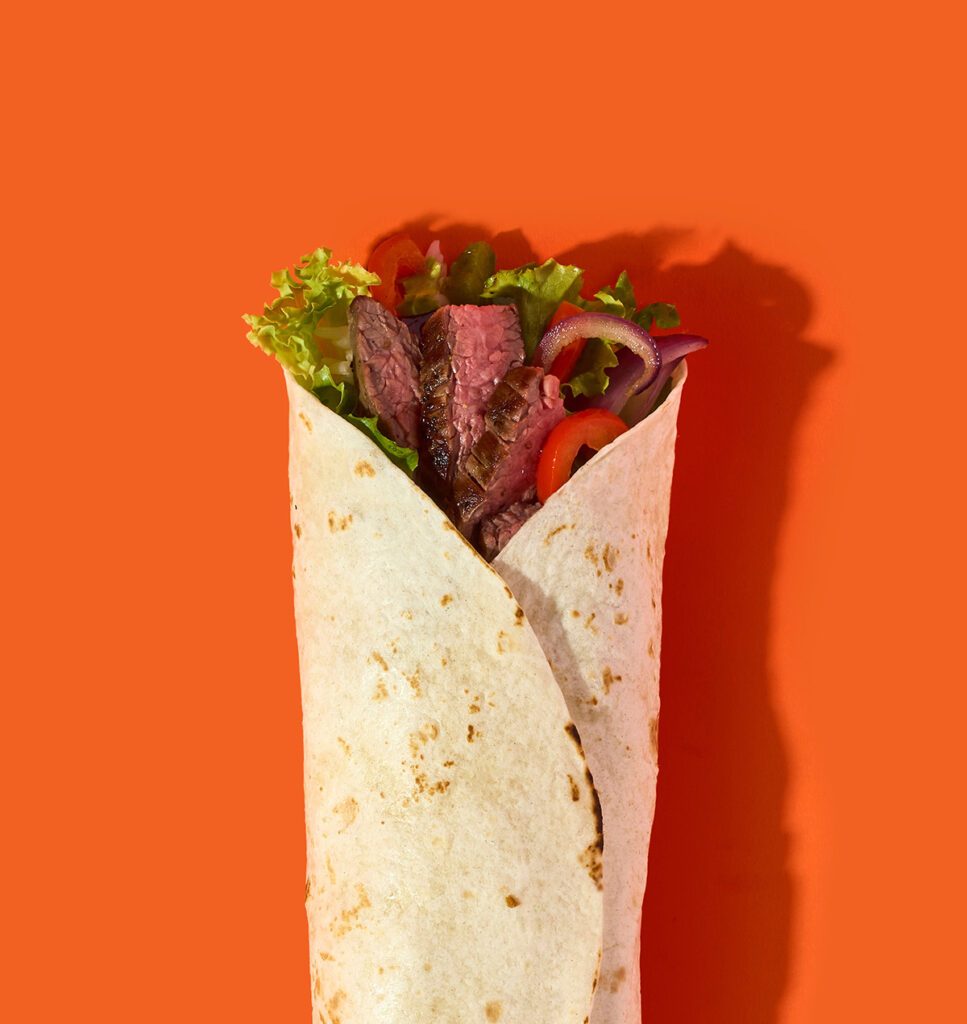3 minute read
Like all of you, at Bay State Milling, we’re closely watching one of the most transformative shifts in consumer behavior in recent years — the rise of GLP-1 users. What began as a medical treatment for diabetes has evolved into a broader wellness movement, with millions of consumers now using GLP-1 medications to support weight management.
This growing audience represents an estimated $190 billion opportunity across food and beverage — and they’re reshaping how people think about food.
The GLP-1 Consumer Mindset
Today’s GLP-1 users tend to be younger, health-conscious consumers in their 40s and 50s who are often purchasing for entire households. They’re making intentional choices — seeking products that deliver on satiety, gut health and nutrient density while maintaining the taste and texture they know and love.
That’s where HealthSense High-Fiber Wheat Flour comes in.
A Smarter Solution for Better-For-You Innovation
HealthSense Flour is made with a unique variety of wheat that naturally contains 10x the fiber of traditional white flour — no additives, no reformulation complexity, just better nutrition baked right in.
Because our fiber is located in the endosperm rather than the bran, HealthSense Flour looks, performs and tastes like the traditional white flour consumers expect, while significantly elevating the fiber content. This makes it a simple, one-to-one replacement for traditional flour — the perfect foundation for next-generation formulations in bread, pasta, pancakes, tortillas and beyond.
For food manufacturers and R&D teams, that means you can innovate faster, improve nutrition profiles and appeal to health-focused consumers without compromising product familiarity or functionality.

The Science Behind the Fiber
Meeting Consumers Where They Are —
Without Sacrifice

Consumers embracing the GLP-1 lifestyle are choosing their calories more carefully. They’re looking for foods that do more for them — offering satiety, sustained energy and microbiome support — yet they refuse to sacrifice the taste and texture of the products they love.
HealthSense Flour helps you meet that demand head-on. It allows for better-for-you innovation that aligns with the modern health movement while preserving the culinary quality consumers expect.
The Future of Better Food Starts Now
From Honeygrow and Lantmanen to Pastabilities and Hartybake Waffles, leading brands are already leveraging HealthSense Flour to bring their better-for-you versions to life.
For product developers and manufacturers, the message is clear: consumers are ready for foods that combine nutrition, functionality, and indulgence — and HealthSense is here to make that possible.

Are you ready to revolutionize your products with flour power? Get more information on HealthSense High-Fiber Flour.
1 The Journal of Nutrition, 2022

